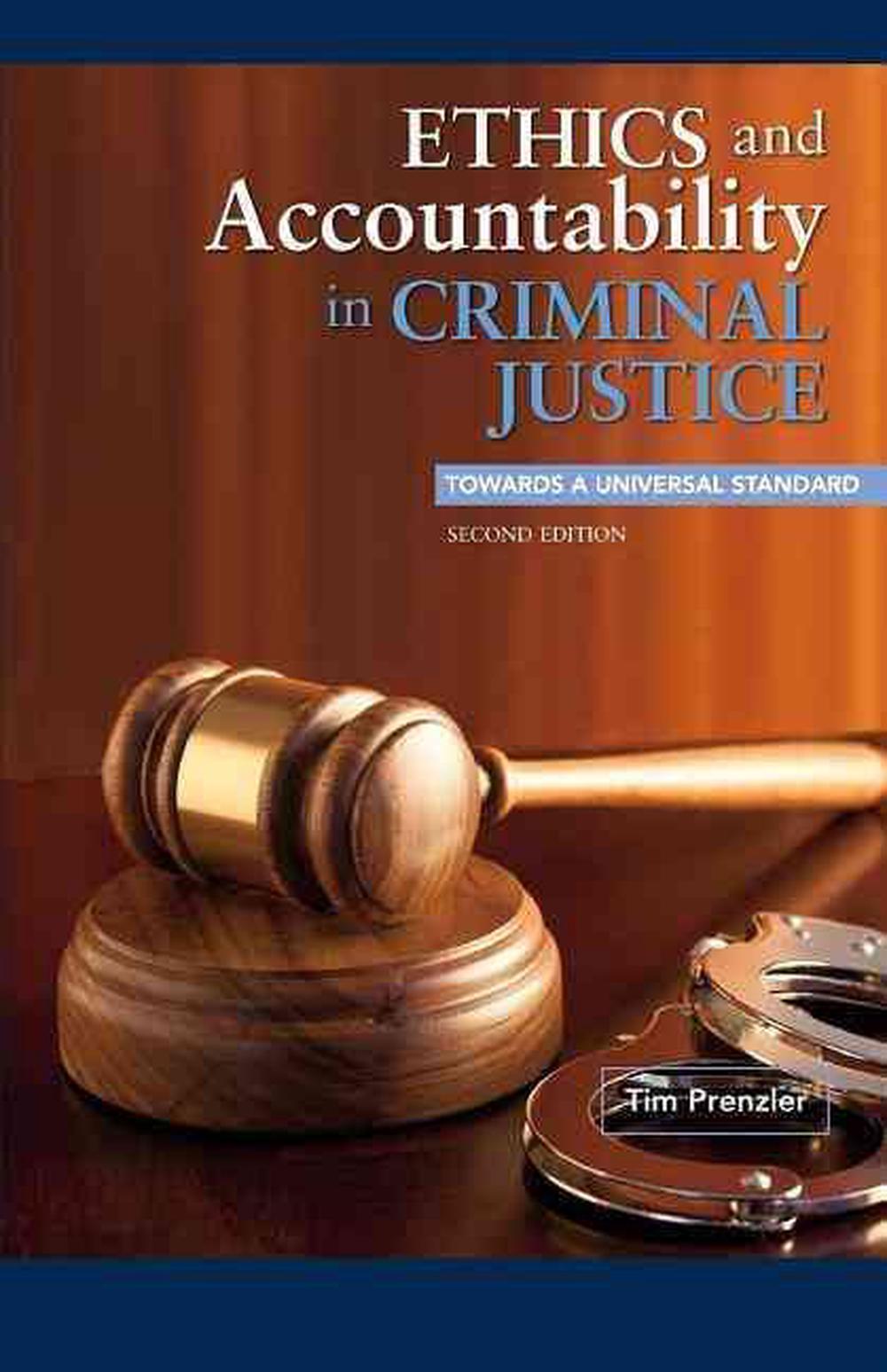

ĭespite a multitude of methods for the sample preparation, sequencing, and data analysis of mitochondrial DNA (mtDNA), the demand for innovation remains, particularly in comparison with nuclear DNA (nDNA) research. Using Haplotracker, we classified mitochondrial haplogroups to the final subhaplogroup level in nine ancient DNA samples extracted from human skeletal remains found in 2,000-year-old elite Xiongnu cemetery in Northeast Mongolia. Haplotracker provides a novel haplogroup tracking solution for fragmented sequences to track subhaplogroups or verify the haplogroups efficiently. Its performance for accuracy was demonstrated to be high through haplogroup classification using 8,216 Phylotree full-length and control region mitochondrial DNA sequences compared with HaploGrep 2, one of the most accurate current haplogroup classifiers. It provides accurate haplogroup classification with full-length mitochondrial genome sequences and provides high-resolution haplogroup predictions for some fragmented control region sequences using a novel algorithm built on Phylotree mtDNA Build 17 (Phylotree) and our haplotype database ( n = 118,869 ). Haplotracker offers a user-friendly input interface for multiple mitochondrial DNA sequence fragments in a sample. We have developed Haplotracker, a straightforward and efficient high-resolution haplogroup classification tool optimized specifically for ancient DNA samples. The haplogrouping of ancient DNA is not easy because the DNA is usually found in small pieces in limited quantities.

Mitochondrial DNA haplogroup classification is used to study maternal lineage of ancient human populations. The mtDNAmanager will provide systematic routines for mtDNA sequence data management and analysis via easily accessible Web interfaces, and thus should be very useful for population, medical and forensic studies that employ mtDNA analysis. In addition, mtDNAmanager provides Web interfaces for users to manage and analyse their own data in batch mode. The query tools of mtDNAmanager also facilitate database screening with two options of "match" and "include the queried nucleotide polymorphism". By the phased designation of the most-probable haplogroups (both expected and estimated haplogroups), mtDNAmanager enables users to systematically detect errors whilst allowing for confirmation of the presence of clear key diagnostic mutations and accompanying mutations. The mtDNAmanager performs computations on mtDNA control-region sequences to estimate the most-probable mtDNA haplogroups and retrieves similar sequences from a selected database. We developed a Web-based bioinformatics resource "mtDNAmanager" that offers a convenient interface supporting the management and quality analysis of mtDNA sequence data. However, recent research has shown that using mtDNA phylogeny and referring to known mtDNA haplotypes can be useful for checking the quality of sequence data. For the past few years, scientific controversy has surrounded the large number of errors in forensic and literature mitochondrial DNA (mtDNA) data.


 0 kommentar(er)
0 kommentar(er)
